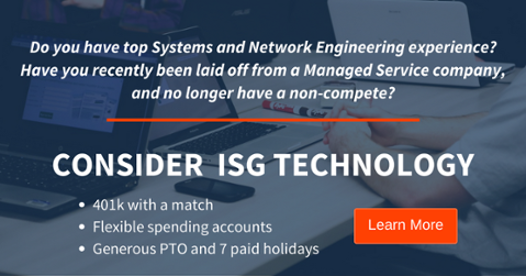What are the risks of hybrid cloud?
Hybrid IT infrastructure is quickly becoming one of the biggest trends of the current decade, and this strategy can sometimes include hybrid cloud deployments. According to the RightScale 2015 State of the Cloud Report, 82 percent of surveyed enterprises were running a hybrid cloud strategy, and Data Center Knowledge stated in mid 2015 that adoption of these technologies was expected to triple by 2018. The benefits of embracing hybrid cloud are clear: Companies are able to improve IT flexibility and choose solutions that fit their specific needs, all while maximizing cost efficiency and asset utilization, according to FierceCIO contributor David Weldon.
As adoption goes up and more companies look into deploying hybrid strategies within their IT departments, so too do the number of issues that arise in dealing with the new technologies that hybrid cloud brings to the table. Let’s take a look at the biggest risks when it comes to cloud and hybrid IT, then discuss strategies for dealing with these issues:
“Software and application changes occur on the provider’s side.“
1. Loss of control
The CIO’s job is to manage risk within his or her company, and as such may view that total control over every part of the technology strategy of the organization is necessary. However, when cloud-based tools are utilized, software and application changes occur on the provider’s side, meaning IT executives may not have a say. Therefore, according to CIO contributor Shoeb Javed, one of the most important risks of hybrid cloud computing is the perceived loss of control on the part of the CIO and other members of the executive board.
“Applications change all the time, and when those applications are outside the company’s control, they could be caught unprepared when a sudden software update occurs,” Tripwire contributor Rick Delgado stated. “A single application change can create integration problems with other programs, leading to major disruptions among the most critical business applications.”
2. Cloud security
A lot has been said lately about the cloud and its apparent inherent risks as far as security is concerned. The market for cloud security tools keeps going up by the day, and it’s expected to reach a total value of $8.71 billion by 2019, according to a 2014 report published by MarketsandMarkets. This is a clear indication that security is on the minds of industry CIOs.
There are a few main security challenges for organizations that deploy hybrid cloud strategies, according to TechTarget. These include risk management, security management and poorly constructed service-level agreements. Most of these problems stem from the complications that can arise when private and public cloud are both used in conjunction with one another – managing two kinds of deployments can be a complex task for IT teams.
3. Compliance
This is an issue that goes along with the aforementioned security challenge. Businesses have to ensure that all parts of their cloud strategy are compliant with any industry regulations. It’s crucial to ensure the data traveling between private and public cloud environments is secure, as well.
For instance, organizations within the healthcare sector have to prove that their systems are compliant with the Health Insurance Portability and Accountability Act, which designates strict security standards for protected health information. If a business works with payment card data, it is subject to the rules set forth by the Payment Card Industry Data Security Standard. All of these regulations need to be managed properly, and in certain circumstances, hybrid IT could complicate effective management strategies.
 Companies that work with payment card data need to make sure their hybrid cloud deployments are secure and compliant.
Companies that work with payment card data need to make sure their hybrid cloud deployments are secure and compliant.Worth the challenge
Considering the risks of hybrid IT is one of the most important responsibilities of the technology department of any organization. However, the many benefits of investing in hybrid infrastructure outweigh these risks when they’re managed effectively. That’s why having a managed services partner around to help your organization deal with these hybrid cloud risks is not only a great idea – it’s essential to a successful hybrid IT strategy.
When you partner with a company like ISG Technology, you can rest assured that the risks of migrating data to and from virtual environments will be orchestrated by cloud experts. Get in touch today to find out more about how our hybrid cloud solutions fit your business needs.

 Creating virtualized servers can lead to significant OPEX and CAPEX savings.
Creating virtualized servers can lead to significant OPEX and CAPEX savings. Security is an important benefit to consider when investing in hybrid cloud environments.
Security is an important benefit to consider when investing in hybrid cloud environments. Doctors can seriously benefit from an analysis of health care data.
Doctors can seriously benefit from an analysis of health care data. The road can be a dangerous place in the winter.
The road can be a dangerous place in the winter. Our tech wizards can help bring the magic of modern technology to your business.
Our tech wizards can help bring the magic of modern technology to your business.
 A power outage can be a serious drag on your company’s profits.
A power outage can be a serious drag on your company’s profits. The cloud is used to enhance business agility and decrease complexity within an organization.
The cloud is used to enhance business agility and decrease complexity within an organization. Hybrid cloud is helping enterprises make the most out of their IT infrastructure.
Hybrid cloud is helping enterprises make the most out of their IT infrastructure. Thinking about the cloud? Now’s the time!
Thinking about the cloud? Now’s the time!